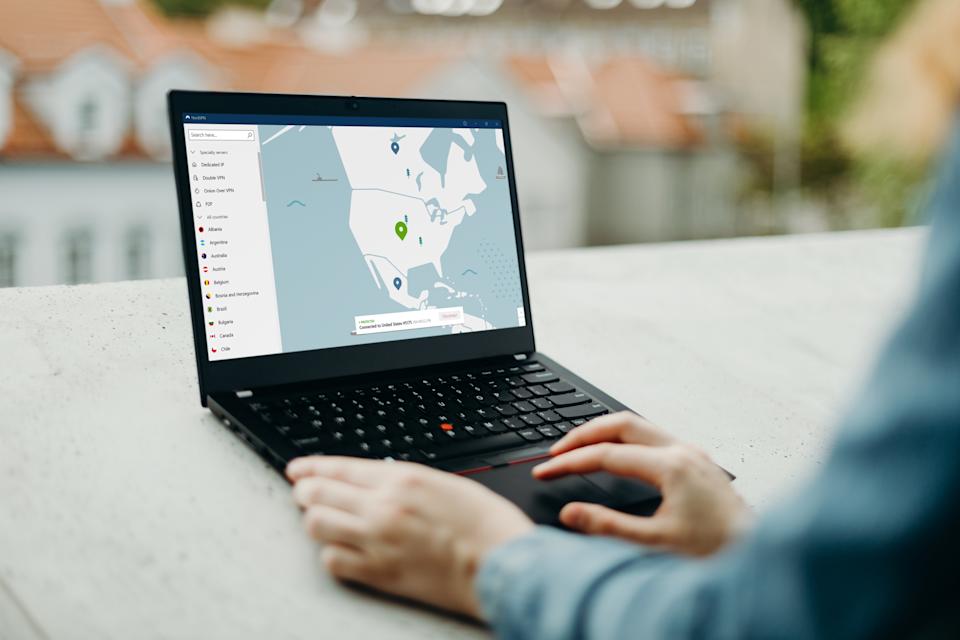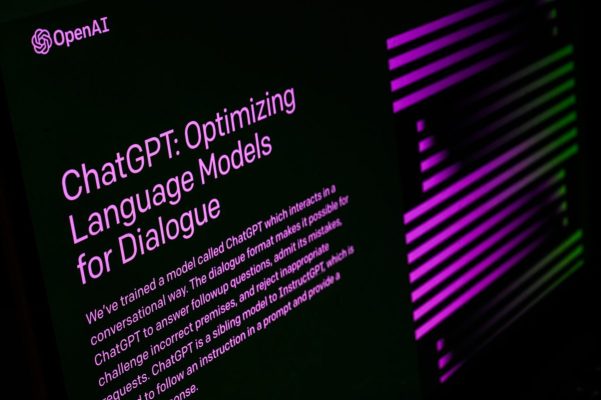Budgeting Apps Expand Integrations with Tax Software

In the ever-evolving landscape of personal finance management, budgeting applications have become indispensable tools for users seeking to streamline their financial activities. The latest trend within this sector sees these apps expanding their integrations with tax software, offering users a more comprehensive approach to managing both everyday expenses and annual tax obligations. This development underscores a broader shift toward creating interconnected financial ecosystems that enhance user convenience and accuracy.
Historically, budgeting apps have served as standalone solutions focusing primarily on tracking expenses, setting savings goals, and providing financial insights. However, as financial technology advances, the demand for more integrated solutions has grown. Users are no longer content with juggling multiple platforms; instead, they seek seamless experiences that consolidate various aspects of financial management. The integration of tax software into budgeting apps is a natural progression, addressing the needs of tech-savvy consumers who value efficiency and precision.
Several leading budgeting apps have already begun rolling out these integrations. For instance, Mint, a popular budgeting tool, has announced partnerships with major tax software providers such as TurboTax. This integration allows users to import their financial data directly from their budgeting app into the tax software, simplifying the tax filing process. Similarly, YNAB (You Need A Budget) has embraced similar strategies, enabling users to synchronize their financial activities with tax preparation platforms.
The benefits of these integrations are multifaceted:
- Efficiency: Users save time by automatically transferring data between budgeting and tax software, reducing the need for manual data entry.
- Accuracy: Automated data synchronization minimizes errors that can occur when manually inputting financial information, ensuring that tax returns are more accurate.
- Comprehensive Financial Overview: By combining budgeting and tax data, users gain a holistic view of their financial health, enabling more informed decision-making.
Globally, the push for such integrations reflects broader trends in financial technology. In regions like Europe, where open banking regulations facilitate data sharing between financial institutions, the integration of budgeting and tax software is becoming increasingly feasible. These regulations promote transparency and user control over financial data, encouraging innovation in fintech solutions.
Despite these advancements, challenges remain. Data security is a paramount concern, as integrating multiple financial platforms increases the potential for data breaches. Budgeting and tax software providers must prioritize the implementation of robust cybersecurity measures to protect user information. Additionally, while integrations offer numerous benefits, they also require users to navigate potentially complex privacy settings and consent mechanisms, underscoring the importance of user education and clear communication from providers.
Looking ahead, the trend of integrating budgeting apps with tax software is likely to continue, driven by consumer demand for convenience and comprehensive financial management tools. As technology evolves, further innovations may include the use of artificial intelligence to provide predictive financial insights and personalized tax advice, further enhancing the capabilities of these integrated platforms.
In conclusion, the expansion of integrations between budgeting apps and tax software represents a significant advancement in personal finance management. By addressing user demand for streamlined, accurate, and comprehensive financial tools, these integrations are poised to reshape how consumers interact with their finances, offering new levels of convenience and insight.













